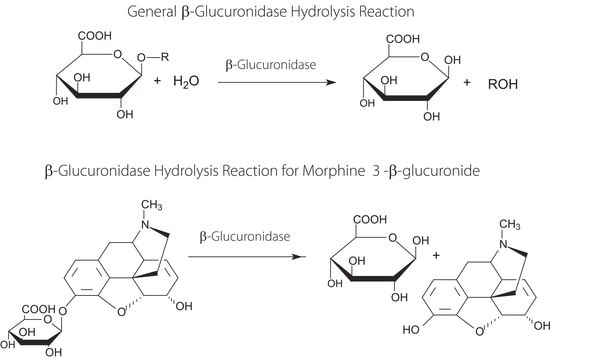G9012
Glycerol
≥99.5%
Synonym(s):
1,2,3-Propanetriol, Glycerin
Select a Size
Select a Size
About This Item
Recommended Products
biological source
synthetic (organic)
Quality Level
vapor density
3.1 (vs air)
vapor pressure
<1 mmHg ( 20 °C)
assay
≥99.5%
form
viscous liquid
autoignition temp.
698 °F
technique(s)
immunofluorescence: suitable
impurities
≤0.20% Water (Karl Fischer)
color
colorless
Looking for similar products? Visit Product Comparison Guide
General description
Application
Biochem/physiol Actions
Other Notes
comparable product
Storage Class
10 - Combustible liquids
wgk_germany
WGK 1
flash_point_f
390.2 °F - Pensky-Martens closed cup
flash_point_c
199 °C - Pensky-Martens closed cup
ppe
Eyeshields, Gloves
Choose from one of the most recent versions:
Certificates of Analysis (COA)
Don't see the Right Version?
If you require a particular version, you can look up a specific certificate by the Lot or Batch number.
Already Own This Product?
Find documentation for the products that you have recently purchased in the Document Library.
Customers Also Viewed
Protocols
Techniques for protein antigen molecular weight determination, protein interactions, enzymatic activity, and post-translational modifications.
Our team of scientists has experience in all areas of research including Life Science, Material Science, Chemical Synthesis, Chromatography, Analytical and many others.
Contact Technical Service


